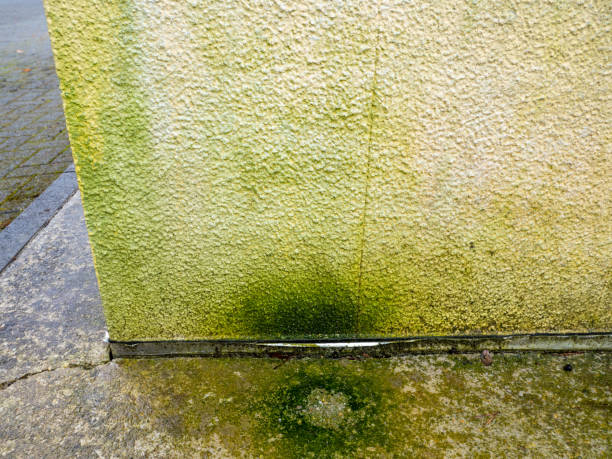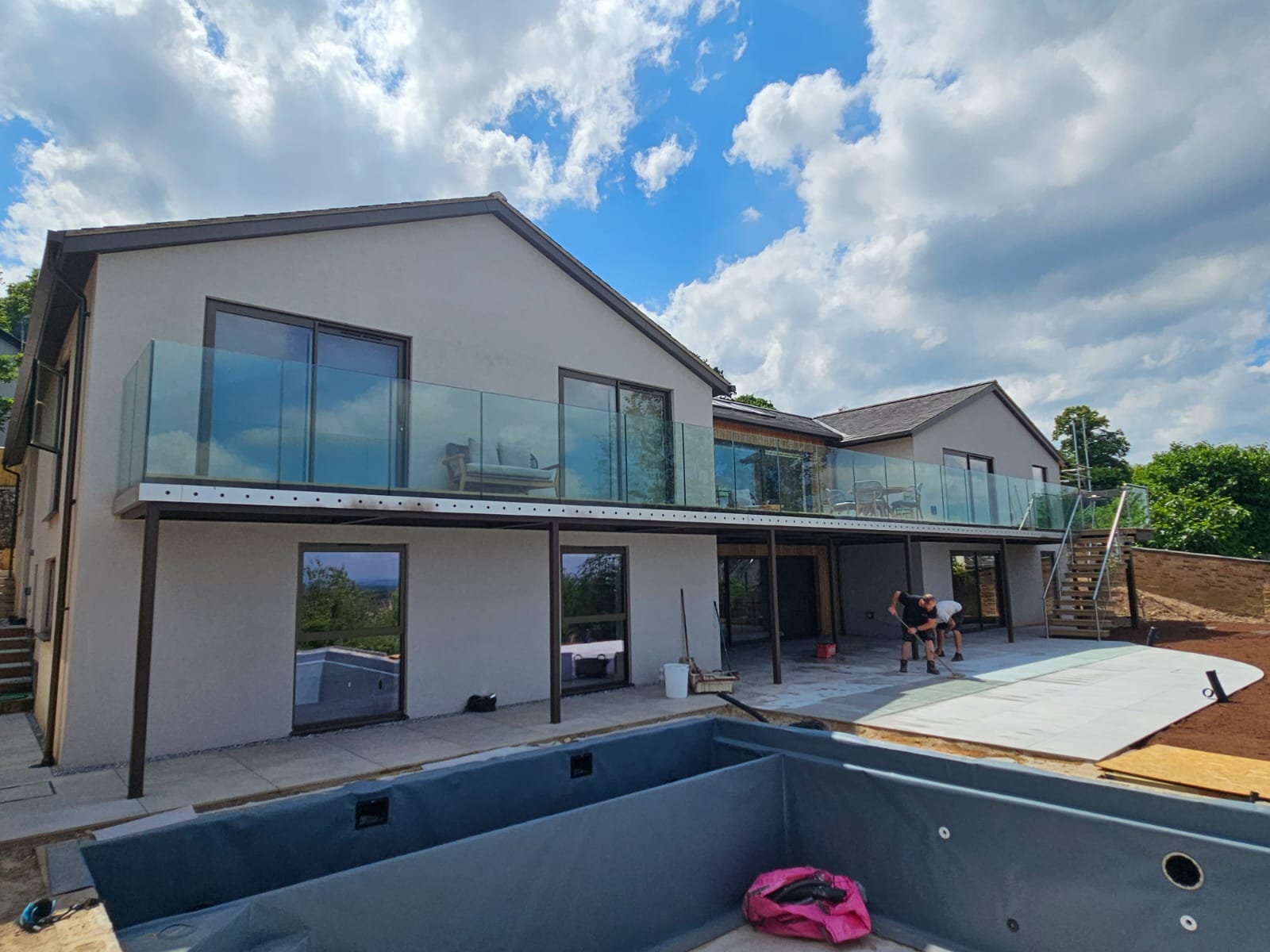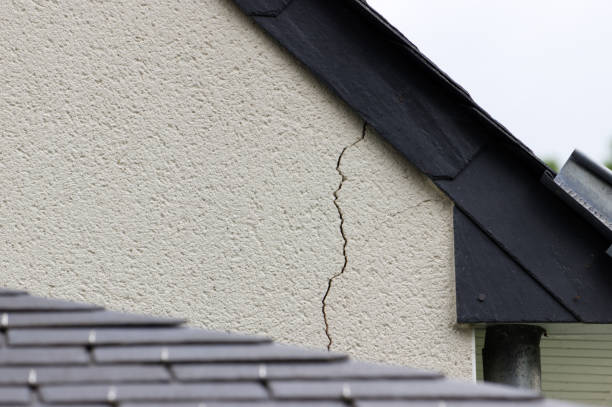Silicone render has become one of the most popular choices for external wall finishes in the UK, thanks to its durability, water repellence, and low maintenance requirements. But like any exterior surface, it still needs occasional care to maintain its appearance and performance.
In this post, we’ll explain how to clean silicone render properly, how often to do it, and what to watch for in long-term maintenance.
Why Choose Silicone Render?
Silicone render is a modern, breathable finish that resists water while allowing trapped moisture inside the wall to escape. It’s:
- Algae- and dirt-resistant
- Flexible and less prone to cracking
- Ideal for UK weather conditions
Although marketed as “self-cleaning,” over time it can still accumulate airborne dirt, algae, and pollution—especially in shaded, damp, or urban areas.
Regular Cleaning: What You Need to Know
How often?
Once a year is usually enough for general cleaning. Heavily shaded or damp areas may need attention more frequently.
Tools & Materials:
- Low-pressure hose or garden sprayer
- Soft brush or sponge
- Mild detergent or specialist render cleaner
- Biocide or fungicidal wash (for algae/moss)
Step-by-Step Cleaning:
- Brush off debris: Gently remove any loose dirt or cobwebs with a soft-bristle brush.
- Apply detergent or cleaner: Use a render-safe cleaner diluted with water. Avoid harsh chemicals or bleach.
- Light scrub: For small stains, use a sponge or soft brush in a circular motion. Don’t use high pressure.
- Rinse thoroughly: Use a hose or sprayer with clean water—never use a pressure washer, as it can damage the surface.
- Apply biocide (if needed): If algae or moss are present, apply a biocide treatment to kill spores and prevent regrowth.
Common Issues and How to Prevent Them
| Issue | Cause | Prevention |
|---|---|---|
| Green algae or moss | Shaded or damp areas | Use fungicidal wash annually |
| Black spots or streaks | Pollution or mould spores | Clean with a gentle detergent and biocide |
| Discolouration | UV exposure or poor drainage | Choose UV-stable products & manage runoff |
| Hairline cracks | Movement or impact | Use flexible basecoats & mesh reinforcement |

Long-Term Maintenance Tips
- Inspect annually: Look for small cracks, stains, or growths early before they worsen.
- Clear gutters and downpipes: Overflowing water can stain or damage silicone render over time.
- Avoid pressure washing: High-pressure jets can cause surface damage or strip away protective coatings.
- Use approved cleaning products: Check manufacturer guidelines (e.g., K Rend, Weber, or Parex) for compatible cleaners.
Is Repainting Necessary?
Silicone render is coloured-through, meaning the pigment is mixed into the product—not just applied on top. In most cases, repainting is unnecessary unless:
- You want to change the colour
- The surface has aged unevenly
- There’s been patch repair work that needs blending
If repainting, use a silicone-based masonry paint to maintain breathability and waterproofing.
Final Thoughts
Silicone render is one of the most low-maintenance render systems available, but a small amount of routine care goes a long way. With the right cleaning methods and occasional checks, your property will continue to look fresh, clean, and protected for years to come.
At Complete Render South West Ltd, we offer professional advice, biocide treatments, and render-safe cleaning services.
Need help with render cleaning or maintenance? Get in touch with our team today for a free quote or inspection.
Let me know if you’d like a printable care guide version or a product-specific version (e.g. Weber Silco, K Rend Silicone TC15, etc.).





I want to thank you for your assistance and this post. It’s been great. http://www.kayswell.com
Thank you for sharing this article with me. It helped me a lot and I love it. http://www.kayswell.com
You helped me a lot by posting this article and I love what I’m learning. http://www.kayswell.com
The articles you write help me a lot and I like the topic http://www.kayswell.com
You’ve been great to me. Thank you! http://www.kayswell.com
I’m really enjoying the design and layout of your website.It’s a very easy on the eyes which makes it much more pleasant for me to come here and visit more often. Did you hire out a developer to create your theme? http://www.hairstylesvip.com
What’s Going down i’m new to this, I stumbled upon this I have discovered It absolutely useful and it has aided me out loads. I am hoping to give a contribution & assist other users like its helped me. http://www.hairstylesvip.com Great job.